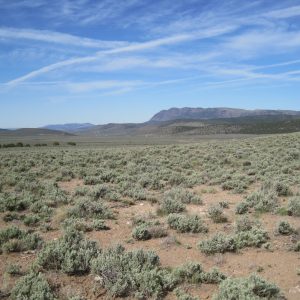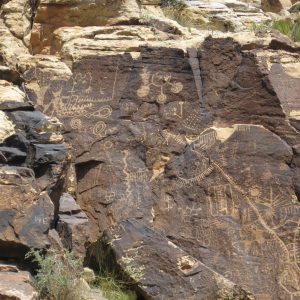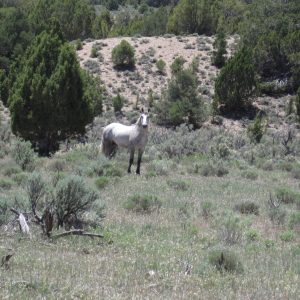As my mentor said in the beginning of October, I came in under odd circumstances with the federal government, so why should my departure be any different? My internship was put on hold in the spring due to the sequester. Getting furloughed certainly was not the way I wanted to end my term in Cedar City, Utah, however an important part of this entire experience is understanding the ins-and-outs of working for the U.S. government. While I wish I was leaving on a better note, being furloughed does not take away from the fantastic experience I had here.
I have always been drawn towards studying endangered species, and I found it particularly rewarding to work on projects that involved sensitive species here in southwest Utah. Collecting data on greater sage grouse habitat, relocating Utah prairie dogs and conducting raptor surveys always felt worthwhile afterwards. The information my co-intern Jake and I collected didn’t simply get put into a folder and forgotten about, but used in making management decisions. And that is pretty gratifying, knowing that your work as an intern is valuable.
Learning to identify whole bunch of new plants and birds was key for me, since I was totally unfamiliar with the ecosystem of the southwest. I came knowing only Wyoming sage brush and a handful of western birds and I’m leaving feeling confident in my ability to name plants and animals found throughout the field office. (Though I must admit, some of those grasses are a real pain!) After learning our key species Jake and I were on our own for the majority of the time. Our mentor was supportive and got us involved with great projects, but rarely came out to the field with us. Being able to carry out protocols, navigate to remote corners of the field office, and getting our clunky GPS unit to work were daily difficulties. But it always felt good finishing a challenging day. It is a boosts to your self-confidence and is appreciated by supervisors.
My favorite tasks during this field season were early morning bird surveys. There were a handful of days that began at 3am but they were worth it because each sunrise was stunning and the birds never failed to put on a show. These surveys were a good learning experience for me on a few levels – Turns out I can get up at an ungodly hour on consecutive days and carry out good work, and I actually like doing it. Also, 5am is a good time to learn bird calls.
On a personal note, living in Utah was an adventure. I was nicely situated between lots of fantastic hiking spots, and spent plenty of time in Zion and Bryce Canyon National Parks and Cedar Breaks National Monument. For future CLM interns, I highly recommend exploring your surroundings during your time off. Get a feel for the new culture and new environment. I don’t know if I’ll ever be back in this corner of the world, so I had to make sure to see as much as this spectacular land as possible. Besides, it’s fun driving around beautiful country and maybe getting a little lost along the way.
I never would have found myself out in Utah if it was not for the CLM internship program. This was an adventure-and-a-half. For budding biologists and botanists, this program is for you. I wish I could say a proper good-bye to the men and women in my office that made this a wonderful field season, but unfortunately I can’t stick around until the end of the government shutdown. I’m moving on to another adventure, and will be using the skills I’ve gained during my time in Utah.
Be safe, drink plenty of water, and I’ll see you in the field!
Maria











